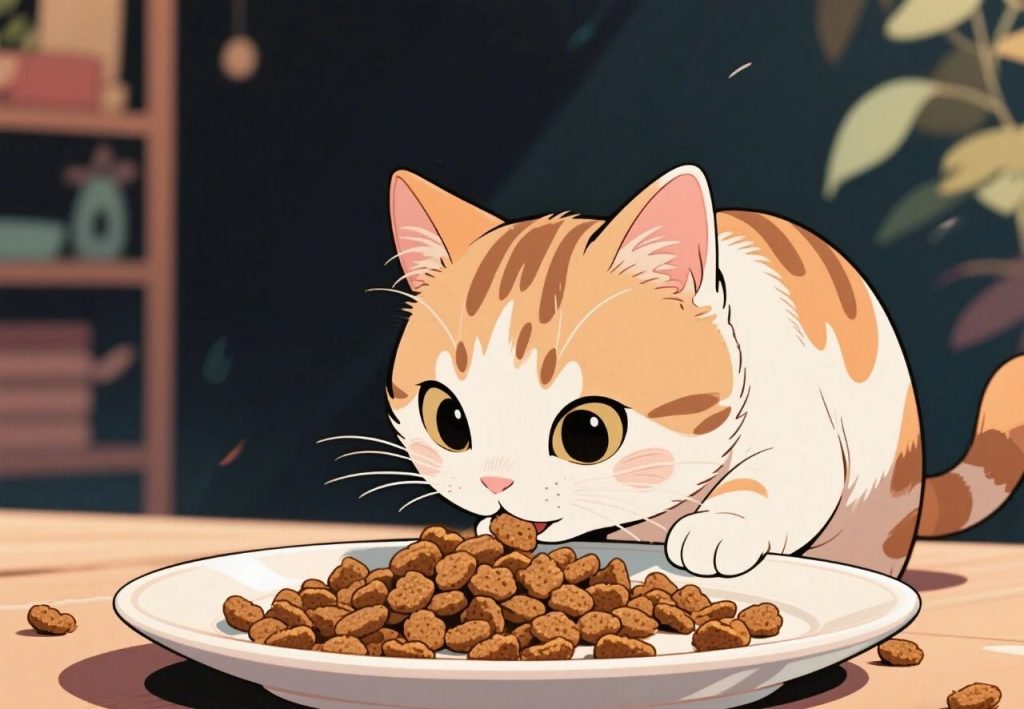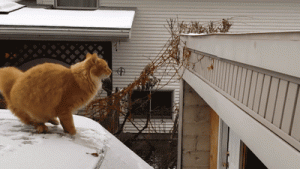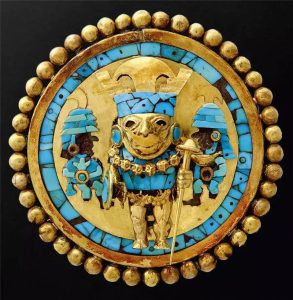Have you noticed an interesting phenomenon? Cats love to carry their food out of the bowl and find a corner to enjoy it slowly. Don’t worry, it’s not just your cat—this is something all cats do. They don’t do it for no reason. Let’s take a look at the reasons behind this strange behavior!
-
Survival Instinct
Cats’ tendency to move their food is hardwired into their survival instincts. Studies have shown that wild felines often move their catch to a safer spot after hunting, not only to protect their hard-earned meal but also to avoid being attacked by other animals while eating. While domestic cats live in the safety of our homes and don’t have to worry about food, they still view their food as “prey.” By moving their food to a more secure location, they’re protecting it from being taken by other animals—especially in multi-cat households. Research has shown that over 70% of households experience cats moving food due to territorial food guarding. If this is the case, try setting up separate eating areas or placing their food bowls further apart to reduce this behavior.
-
Dislike for Food Bowls
Cats can be extremely picky about their food bowls. Surveys reveal that 23% of cats will move their food simply because they dislike the bowl. First, the material matters—cats especially dislike plastic bowls. Plastic bowls can trap food odors, making them difficult to clean thoroughly, and some plastic bowls release harmful chemicals that cats instinctively avoid. In contrast, ceramic bowls have smooth surfaces that don’t retain odors, and stainless steel bowls are sturdy, durable, and non-toxic. Around 70% of cats prefer these two materials for their food bowls. The size and shape also play a role: cats particularly dislike deep, narrow bowls. While eating, a cat’s whiskers constantly brush against the sides of the bowl, which can be uncomfortable for their sensitive whiskers. Shallow, wide-rimmed bowls allow cats to eat without their whiskers being pressed and help them see their food more easily. Another issue is instability—if the bowl is unstable, too light, or placed unevenly, it may move or make noise as the cat eats, disrupting their meal and possibly scaring them.

-
Eating Habits
You might not have noticed, but cats actually prefer to eat standing up rather than crouching or lying down. However, most food bowls are designed for cats eating while lying down, and if the bowl is too low, the cat has to bend its neck and body to eat, which can be tiring over time. To avoid this, cats often carry their food to a spot where they can stand and eat more comfortably. Additionally, cats tend to use their paws to steady the food before eating it with their teeth. When food is in a bowl, especially a deep one, this natural eating style is restricted. Research has shown that when food is spread out on a shallow plate instead of in a deep bowl, cats are 28% less likely to carry their food away from the bowl.
-
Health Alert
If your cat is carrying food out of the bowl frequently, it might be a sign that something is wrong. Cats suffering from dental issues may carry their food out of the bowl to change positions and relieve pain. Cats with stomach problems may move their food to a quieter, more comfortable spot to eat slowly, possibly due to indigestion. If you notice your cat frequently carrying food out of the bowl along with other symptoms such as a decrease in appetite, lethargy, or drooling, it’s essential to take them to the vet for a checkup.
-
Just Playing
Some cats are simply playful, much like children, and enjoy playing with their food while eating. For these cats, carrying food out of the bowl is just part of the fun (they probably aren’t hungry). Research has found that energetic, curious cats are more likely to treat their food as a toy. They will carry kibbles out of the bowl, bat them around with their paws, and chase the pieces around the house. After tiring themselves out, they’ll slowly eat their food.





